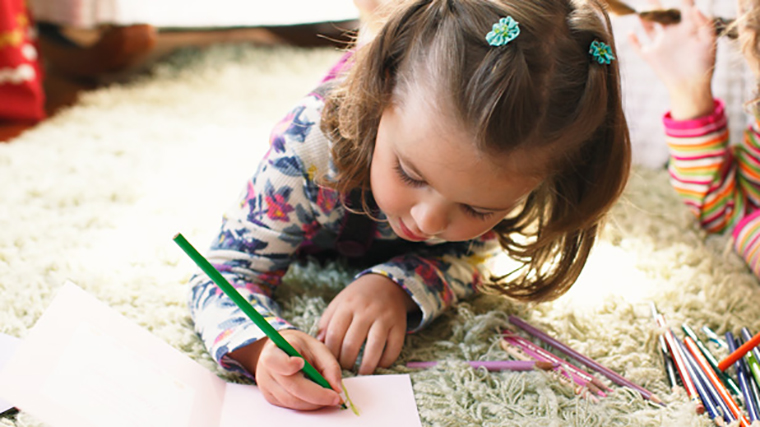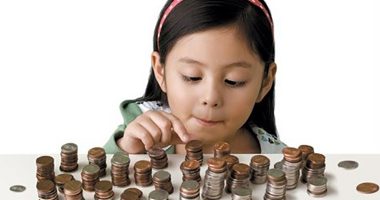
Kit Yarrow, author of Decoding the New Consumer Mind: How and Why We Shop and Buy, explains that “Kids who experience higher levels of gratitude also have: stronger immune functioning, more and better friendships, higher pay, more energy, more optimism, more happiness, sounder sleep, fewer addictions.”
Higher pay? More happiness? Sounder sleep? What parent wouldn’t want for their child the benefits Yarrow credits to experiencing gratitude? There are many ways to help your child experience gratitude. One great way is to teach them how to say “thank you”, starting with thank-you notes.
Teach them how to write a thank-you note
Start by giving them a list of the names of people who have been kind enough to remember them each year at their birthday or during the holidays. Write the list on paper and make two copies – one for you and one for your child. Post your copy somewhere where it is a nice reminder of what needs to get done.
When my daughters were young, I offered to “address” the envelopes and “stamp” them for delivery. I reminded them often until the list was finished. Making sure they followed-through showed them that this was seriously important.
Over the years, family and friends have shown me thank you notes that my daughters have written to them. The receivers were moved by the notes they received in the mail. I was humbled by how extraordinary the thank you notes were. I’ve been told by the receivers that they are keeping these notes to read over and over again.
Now it was my turn to be grateful.
Give gratitude time to grow
Last week, my youngest was in her room at her desk writing thank you notes to people who had extended their kindness to her on a recent road trip. I did not prompt nor did I suggest notes be written. She was self-starting on her thank you notes – and I was delighted. I believe this meant she internalized the generosity and was – wait for it – grateful. Success!
My oldest sent an email to us recently thanking us for funding an airline ticket so she could join us on an upcoming vacation. Before, this kind of monetary support was something that even we considered just part of what we do as her parents. But this time, her thanks clearly demonstrated to me that this was something she did not expect and so therefore, she was – yes, grateful.
I do not have the kind of scientific evidence that Ms. Yarrow has to say whether or not gratitude will indeed, and in fact, do all those wonderful things for my daughters – and your children. But, I do know that the child who recognized things given as things they are not necessarily entitled to is an empowered child – not an entitled child.
So how do you start to make thank-you note writing a routine and positive experience for your kids? Here are a few ideas.
7 Smart Thank You Tips:
- Buy thank you notes for kids to have on hand ready to go. It’s a nice, gentle nudge, a reminder that thank you notes are expected.
- Create a list of gifts received – and their givers – for kids each time they have a birthday or holiday. Make two copies. Keep one list and give the other to your child. Post your copy of the list so everybody stays on task until the list is completed.
- Offer to help address and stamp the envelopes for delivery. This will help you check off the list of givers that have already received a thank you.
- Don’t forget to show them as you are addressing and stamping the envelope to mail how to do the same. This skill is a lost art for today’s technology-facilitated children.
- Discuss the “email” thanks and “text” thank-you options. As long as it’s thoughtful, it can work.
- Offer to help them frame the text of the thank you note if they are unsure of how to proceed.
- For the youngest, buy pre-written notes to help them simply practice the skill of sending thanks.
I worry at times that the civility of saying “thanks” is getting lost in today’s world. There is so much noise out there and so much tugging at us for our attention that the gracious gift, the thoughtful remembrance can at times go unnoticed and sadly, unacknowledged.
Teach your child how to say thank you and you will have taught them the significance of the “gift” they have received. A thank you helps them to stop, think and reflect about the gift and the giver.
All good things.




Leave a Comment